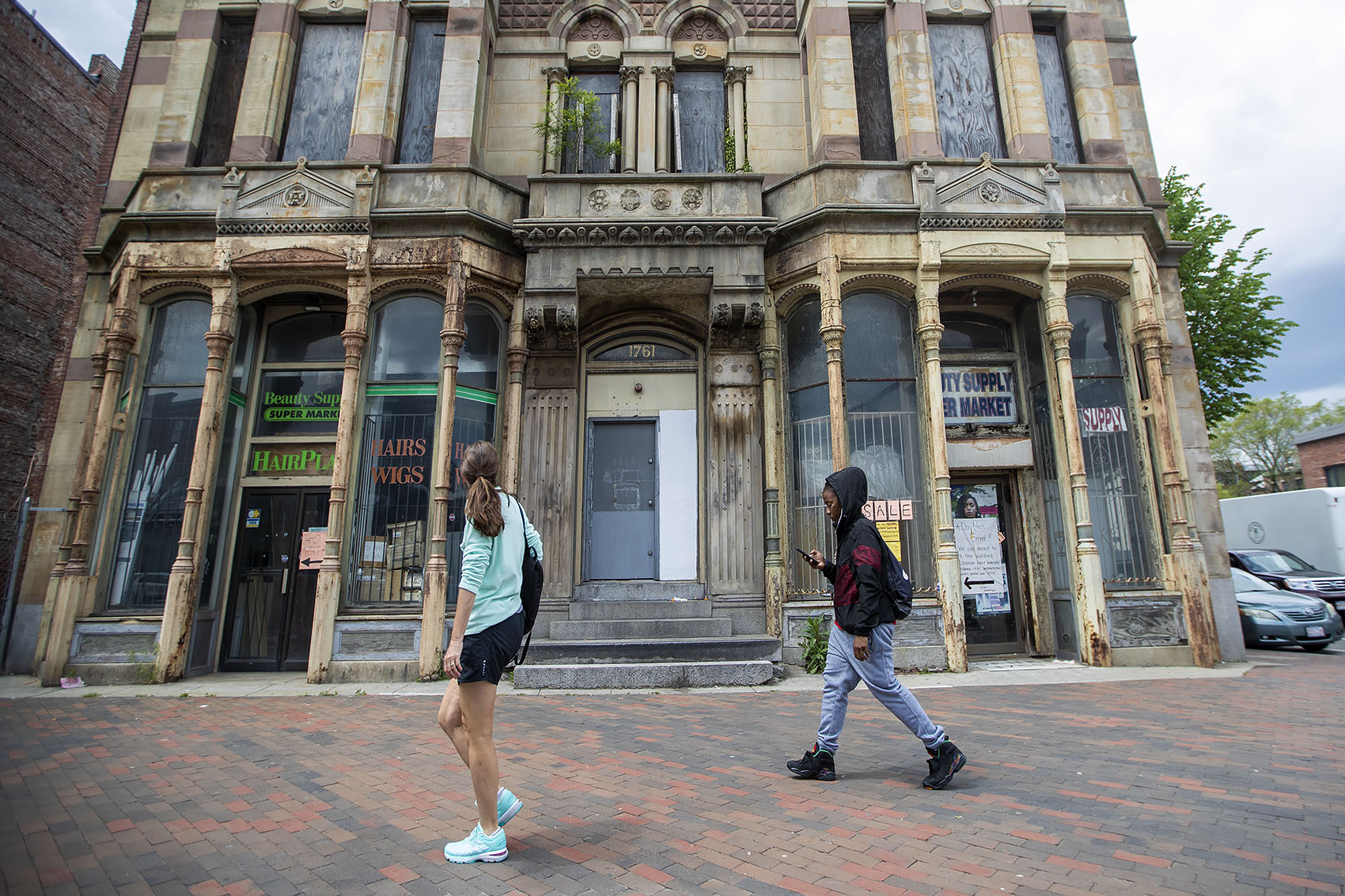Urban Renewal and Displacement
The South End has a rich history as home to immigrant and Black communities dating back generations. In the 1950s and 60s, the Boston Redevelopment Authority (BRA) launched aggressive "urban renewal" efforts that fundamentally changed the neighborhood's character and composition.
These initiatives, framed as neighborhood improvement, resulted in the demolition of hundreds of homes, forcing established families and communities to relocate. This systematic relocation created the foundation for the ongoing gentrification challenges we see today.
"Boston's urban renewal targeted the Black South End for clearance. What followed was decades of white investment and Black displacement."


